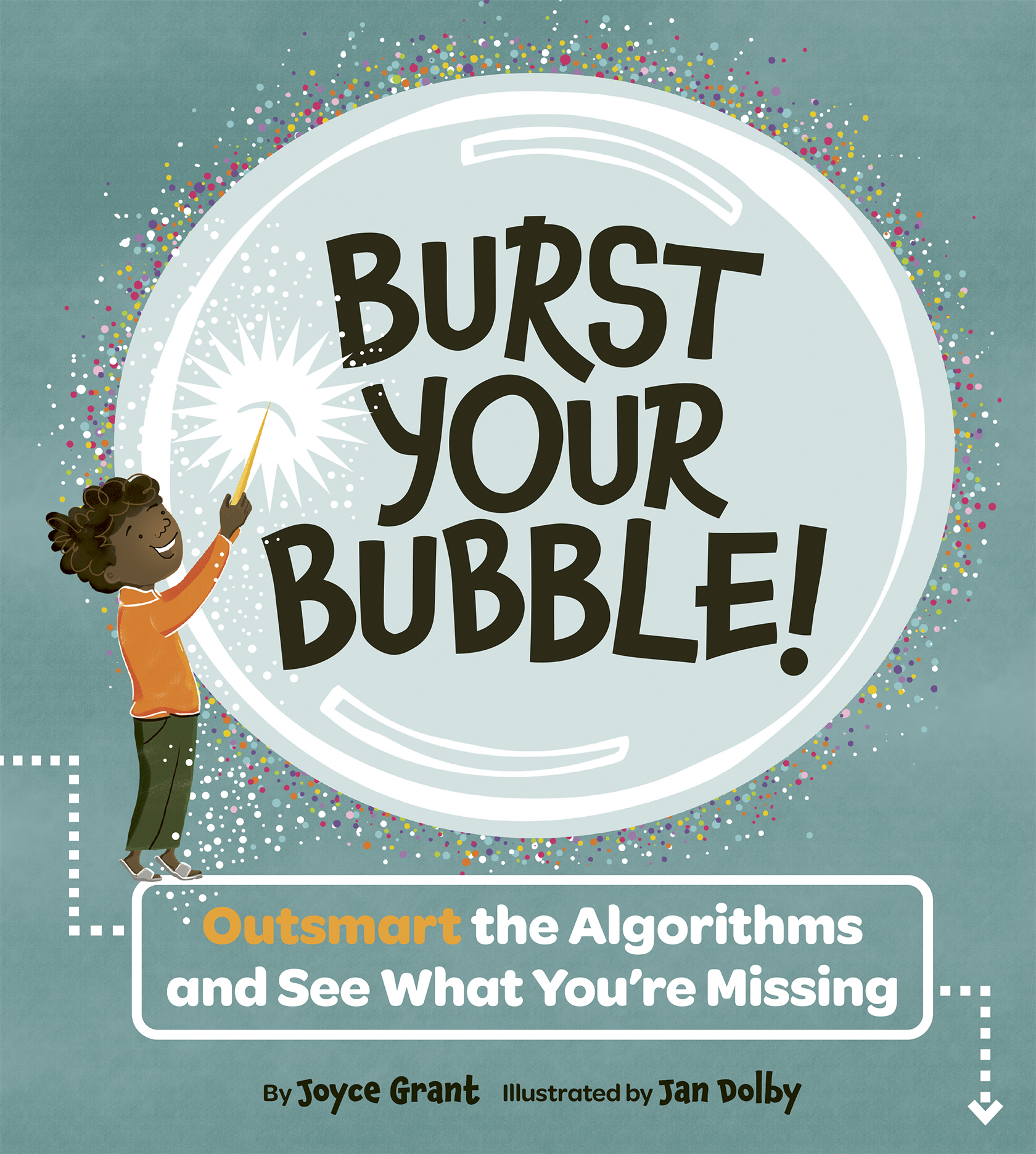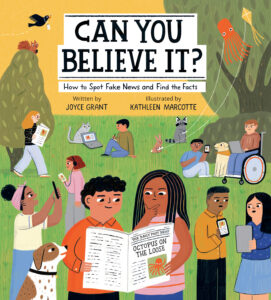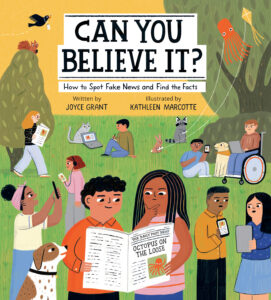
A whole town in Germany had to be evacuated earlier this month, while an enormous bomb was successfully diffused. Diffused means dismantled so it wouldn’t blow up.
The bomb was from World War II (WWII). It had been dropped on Germany by the Allies (the coalition of countries, including Canada, that fought Germany in the war) in the mid-1940s.
There are many unexploded bombs in the country, but this one – at 1.8 tonnes – was one of the biggest. There was another, smaller, bomb there too, which had been dropped by U.S. forces.
The bombs had been laying at the bottom of the Rhine river in a town called Koblenz.
When the water level in the river fell, due to a dry period, the bombs were discovered.
Because they had been sitting in water for a long time, they were very dangerous. The explosives could have reacted with the water, which made it very dangerous for the people who had to remove the detonators. (A detonator acts like a trigger.)
While the bombs were being diffused, everyone had to leave the town – just in case anything bad happened.
More than 45,000 people (about half the town) were evacuated, including everyone in two hospitals, seven nursing homes and even a prison.
Shelters were set up to house people while they were out of their homes, but only about 500 people used them. Most people stayed with friends or relatives.
Hundreds of sandbags were loaded up around the bombs and about 41 centimetres of water was pumped out. Then the bombs were diffused. It took about three hours.
Experts say now that the water level in the Rhine is lower, they may find more bombs.
More than 600 tonnes of unexploded weaponry is discovered every year in Germany; about one of every 10 bombs the Allies dropped didn’t explode.
CURRICULUM CONNECTIONS
By Kathleen Tilly
Writing/Discussion Prompt
The bomb mentioned in the article was discovered when water levels in the Rhine river decreased. The article explains that this discovery was not uncommon. It states, “More than 600 tonnes of unexploded weaponry is discovered every year in Germany.”
How do you think the other weapons were found? Brainstorm a list of ideas and discuss them with a partner. Which of your ideas are the most likely and which are the least likely?
Reading Prompt:
This article contains both historic and current information about Germany, specifically the town of Koblenz. Summarize the main ideas in this article and use details from the text for support.
Junior
Demonstrate understanding of a variety of texts by summarizing important ideas and citing supporting details (OME, Reading: 1.4).
Intermediate
Demonstrate understanding of increasingly complex texts by summarizing important ideas and citing a variety of details that support the main idea (OME, Reading: 1.4).
Grammar Feature: The Pronoun ‘It’
A pronoun is a word that takes the place of a noun. Some examples of pronouns are: she, he, it, they.
For example, the following sentence uses a pronoun: “Jason threw the basketball and caught it on the rebound.” The pronoun it replaces the word basketball.
The pronoun ‘it’ is used several times in this article. Find each pronoun and identify the noun that it replaces.








